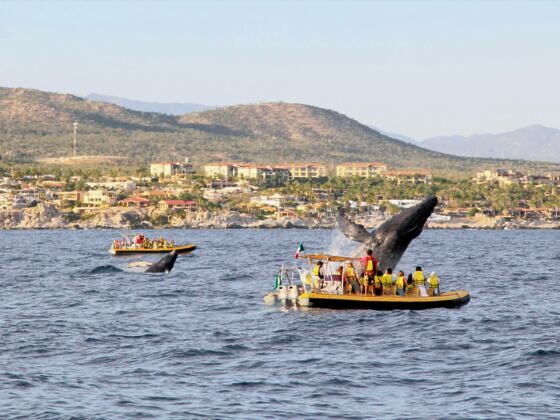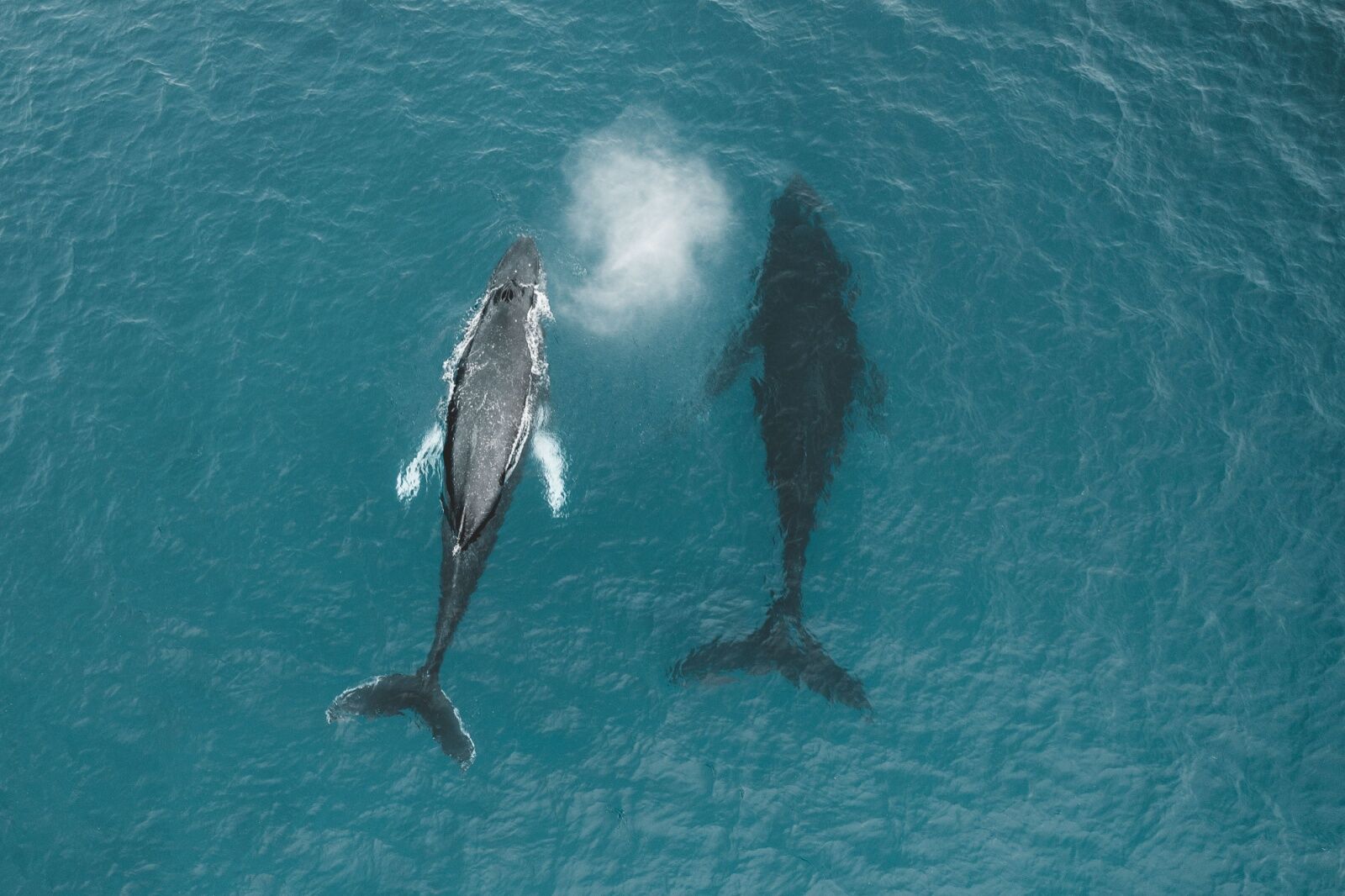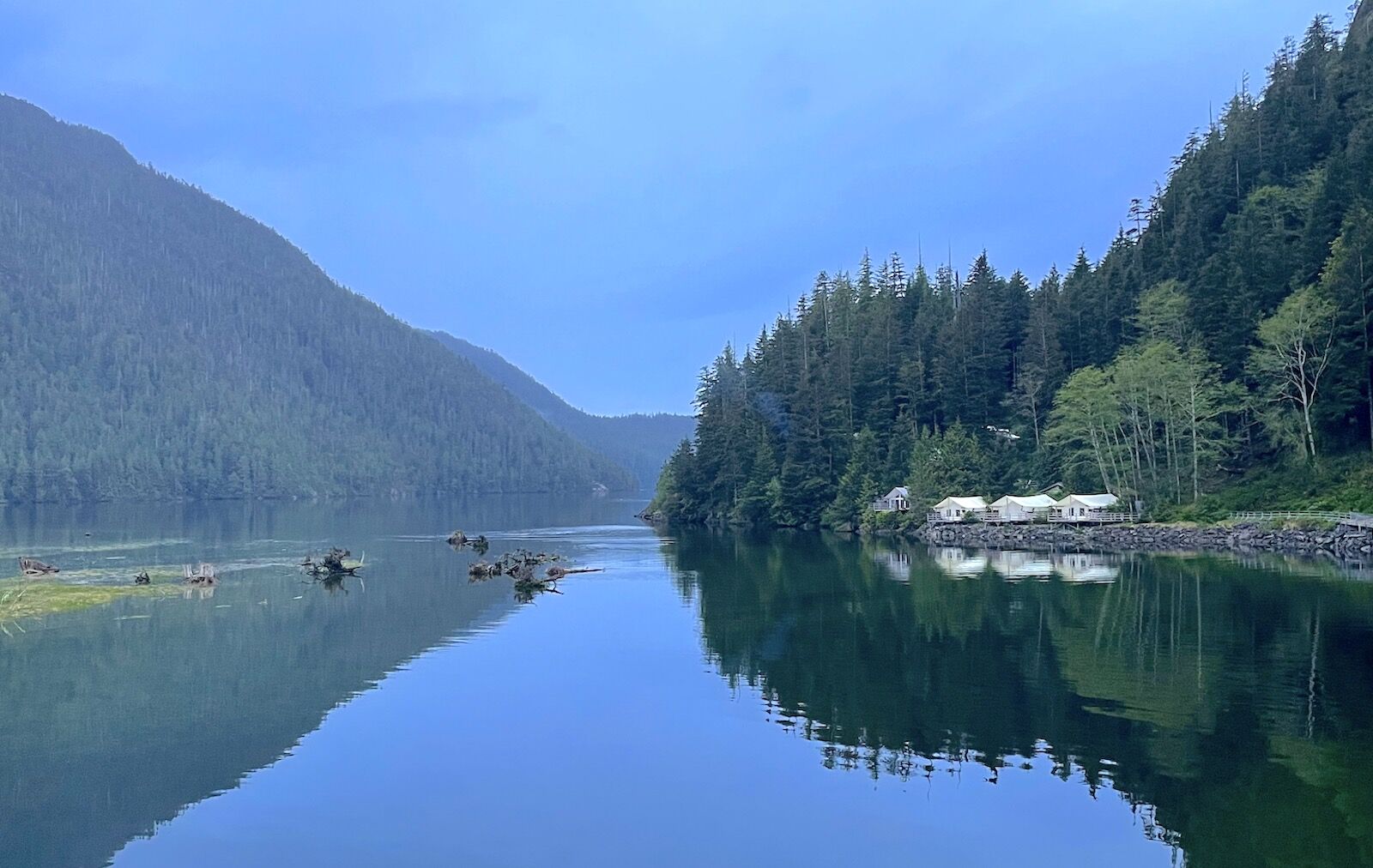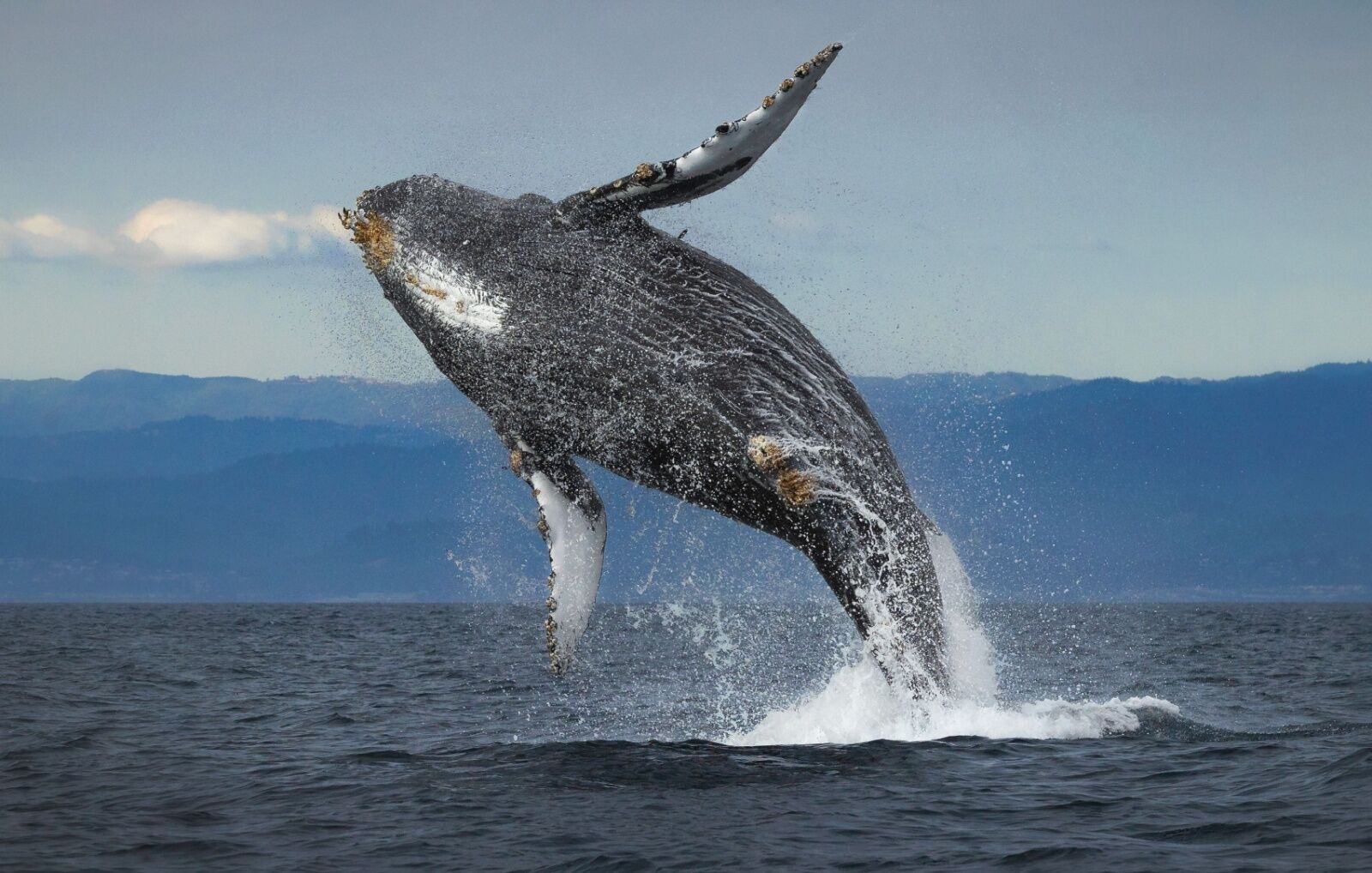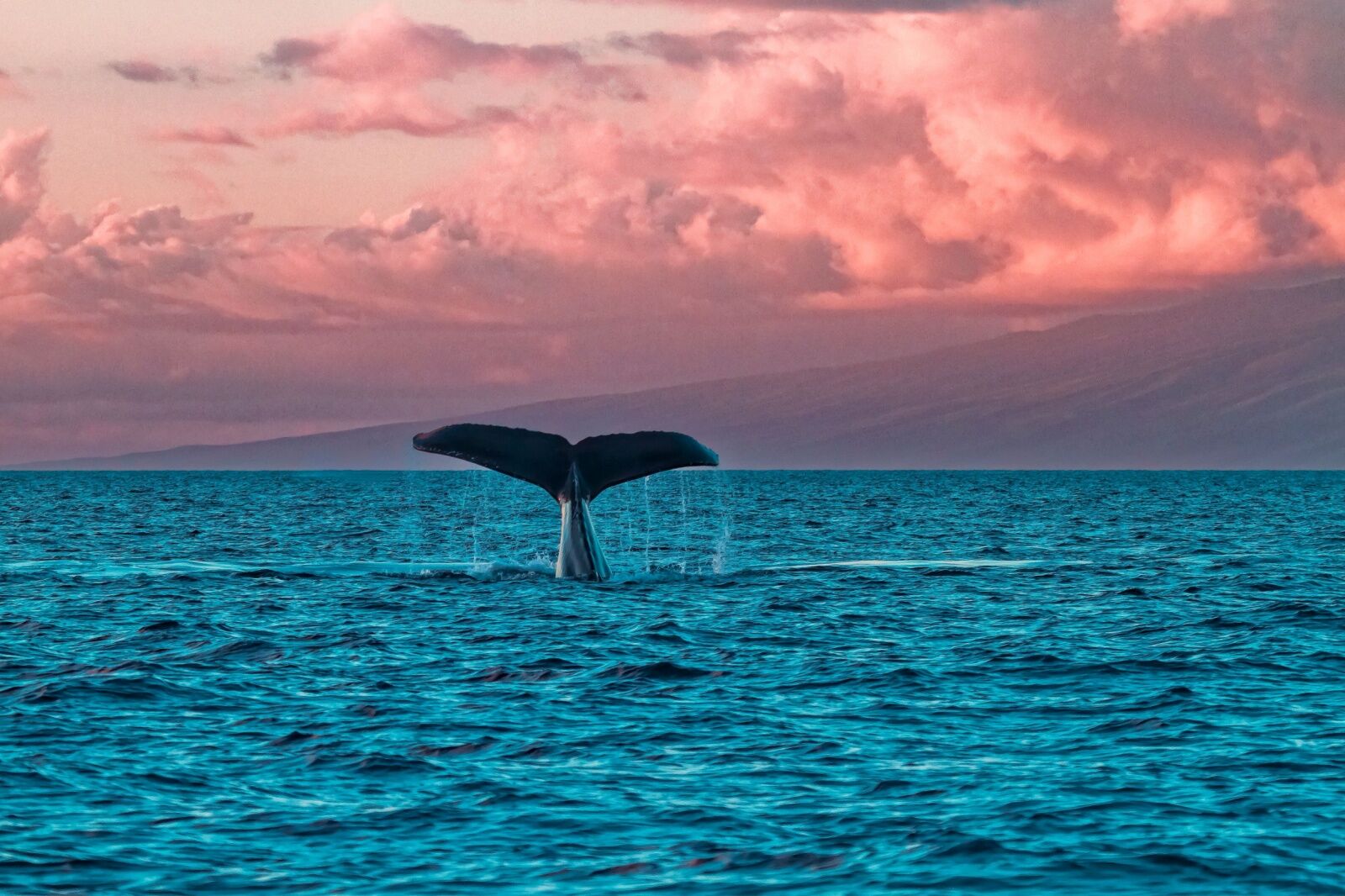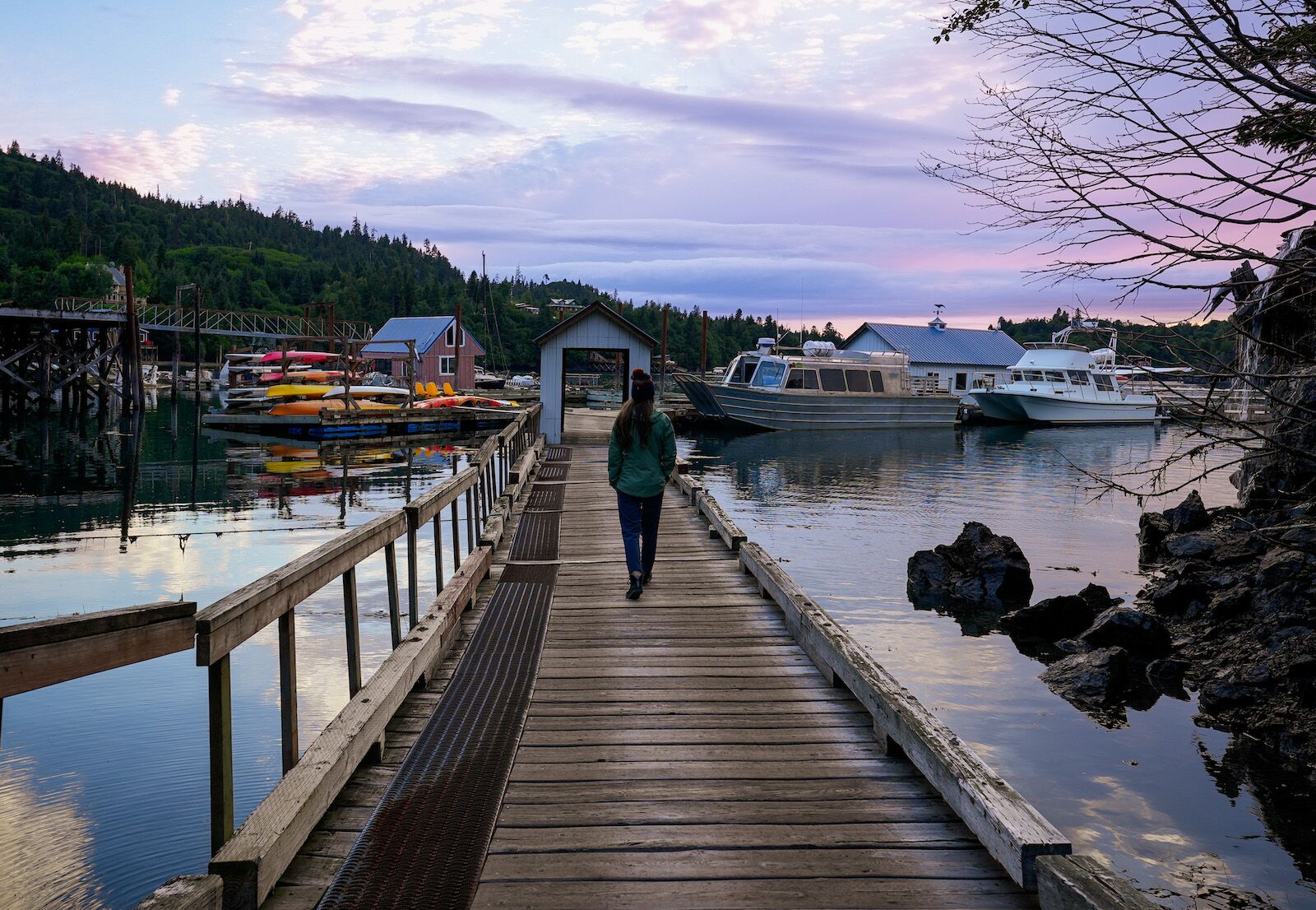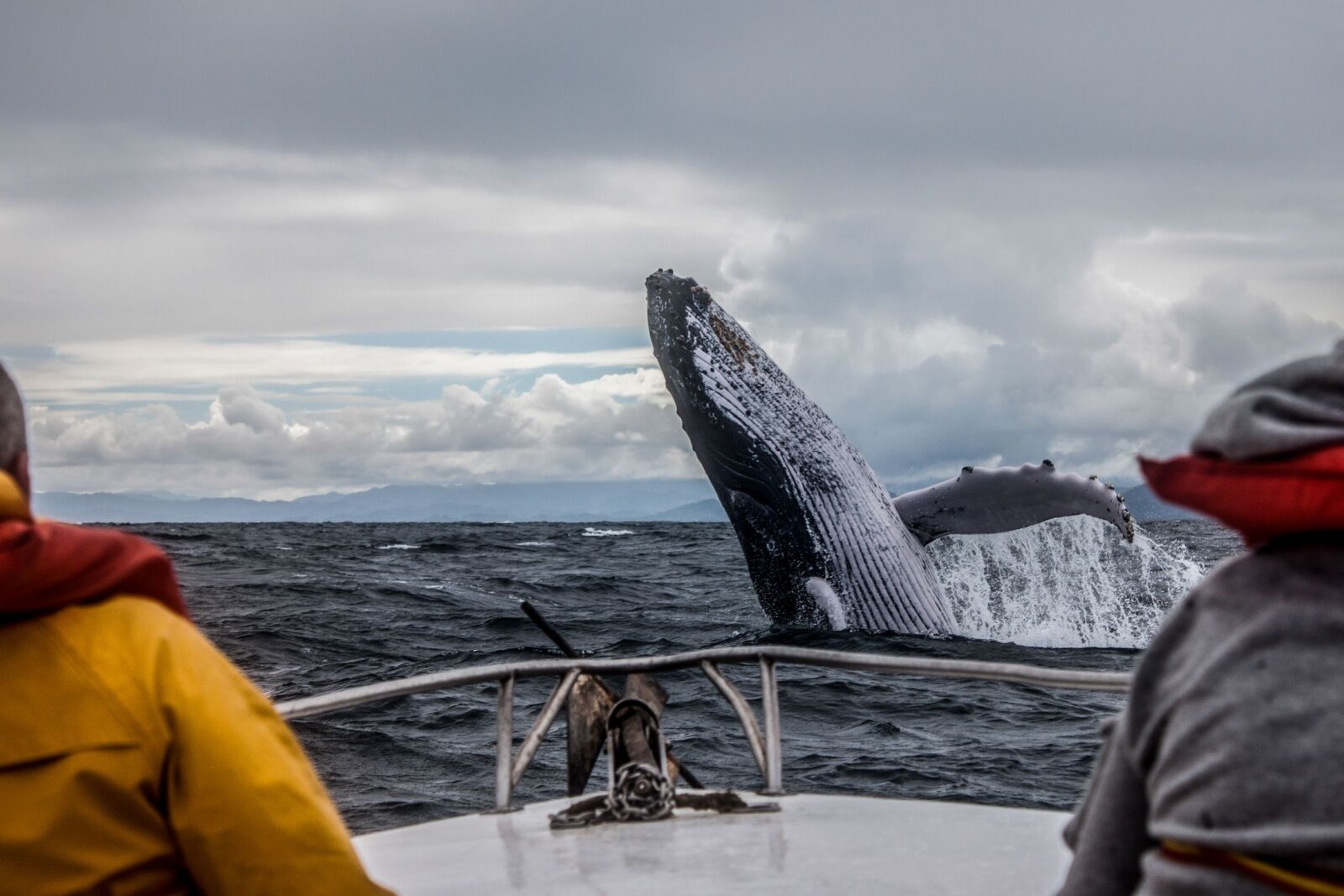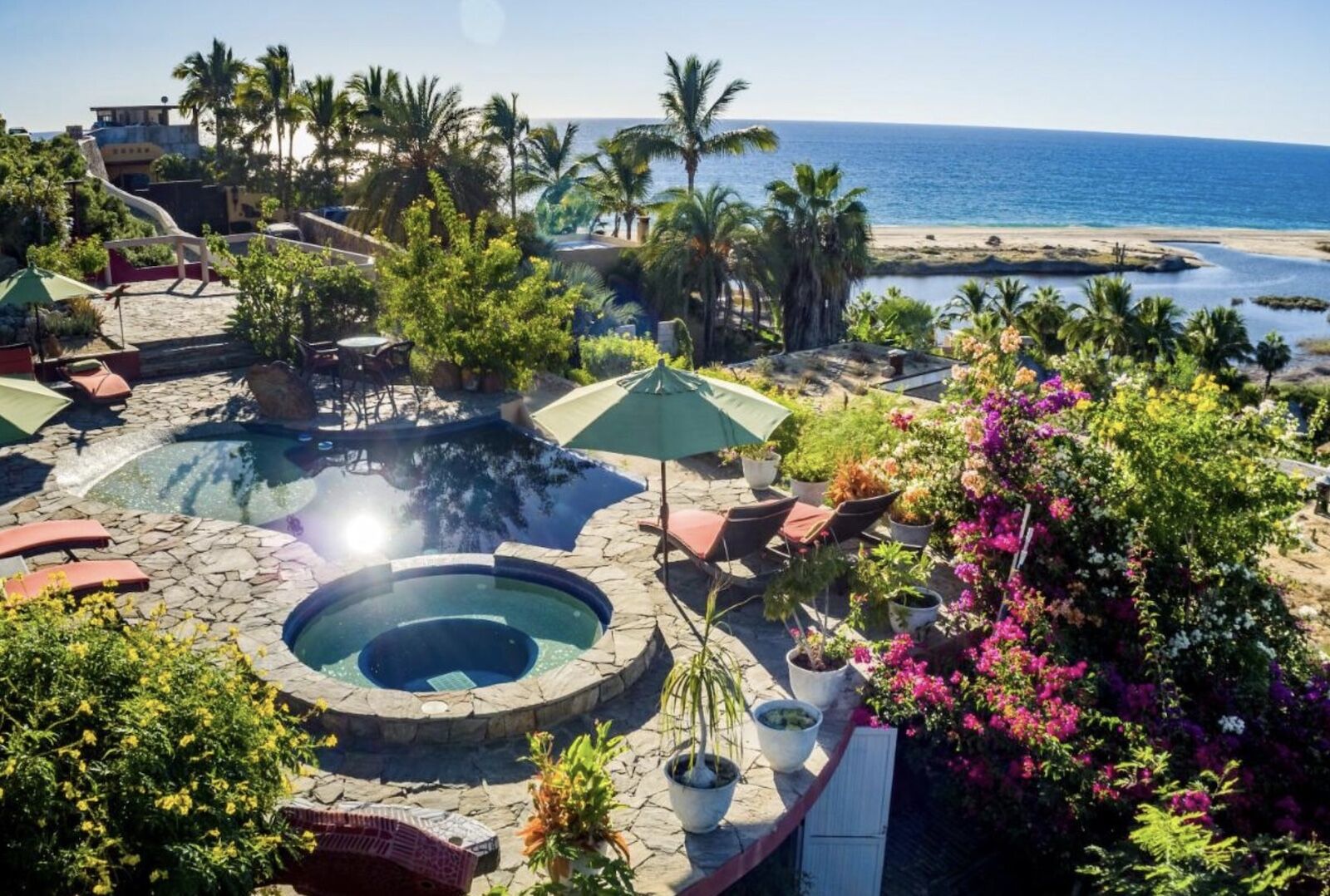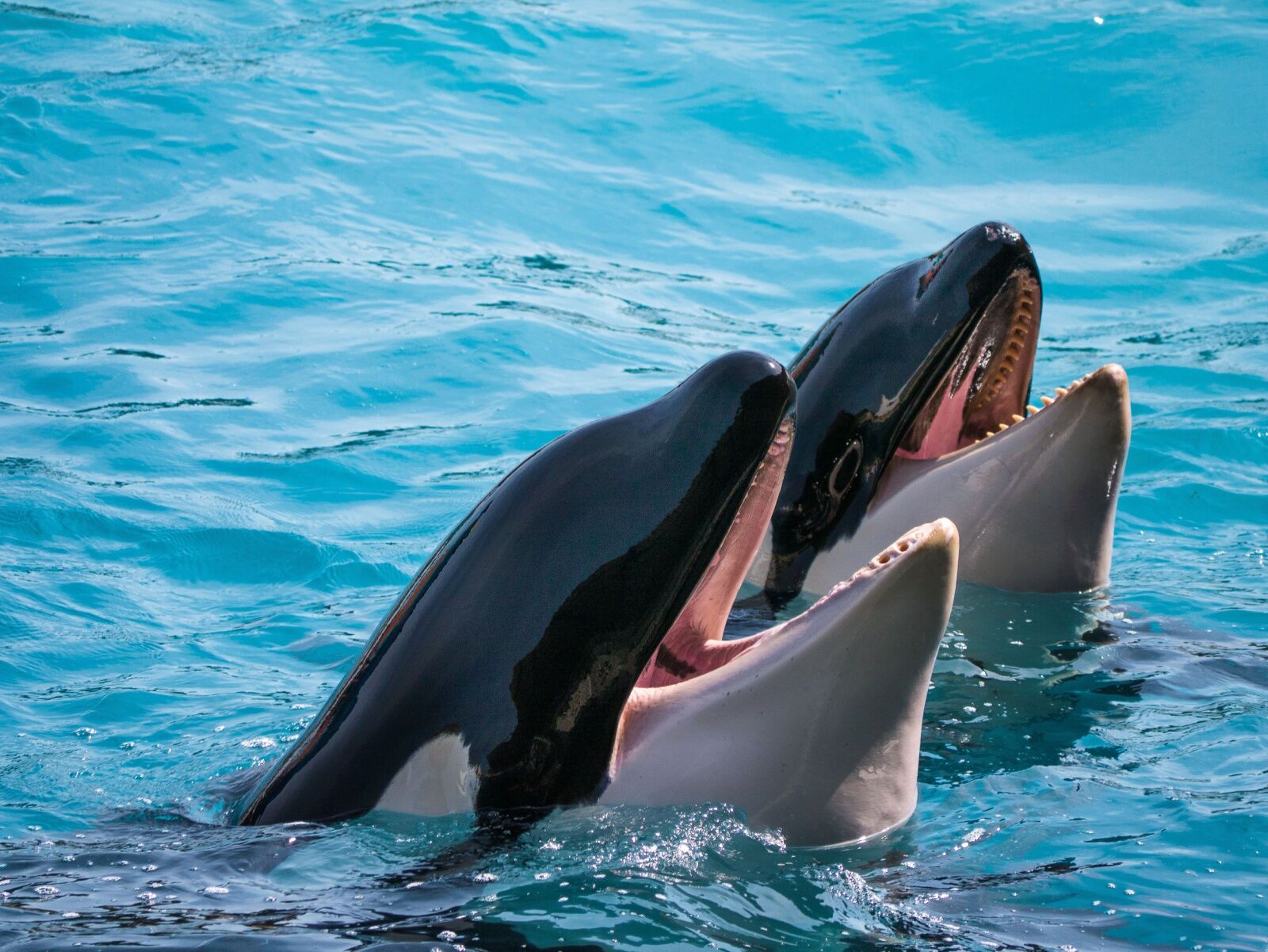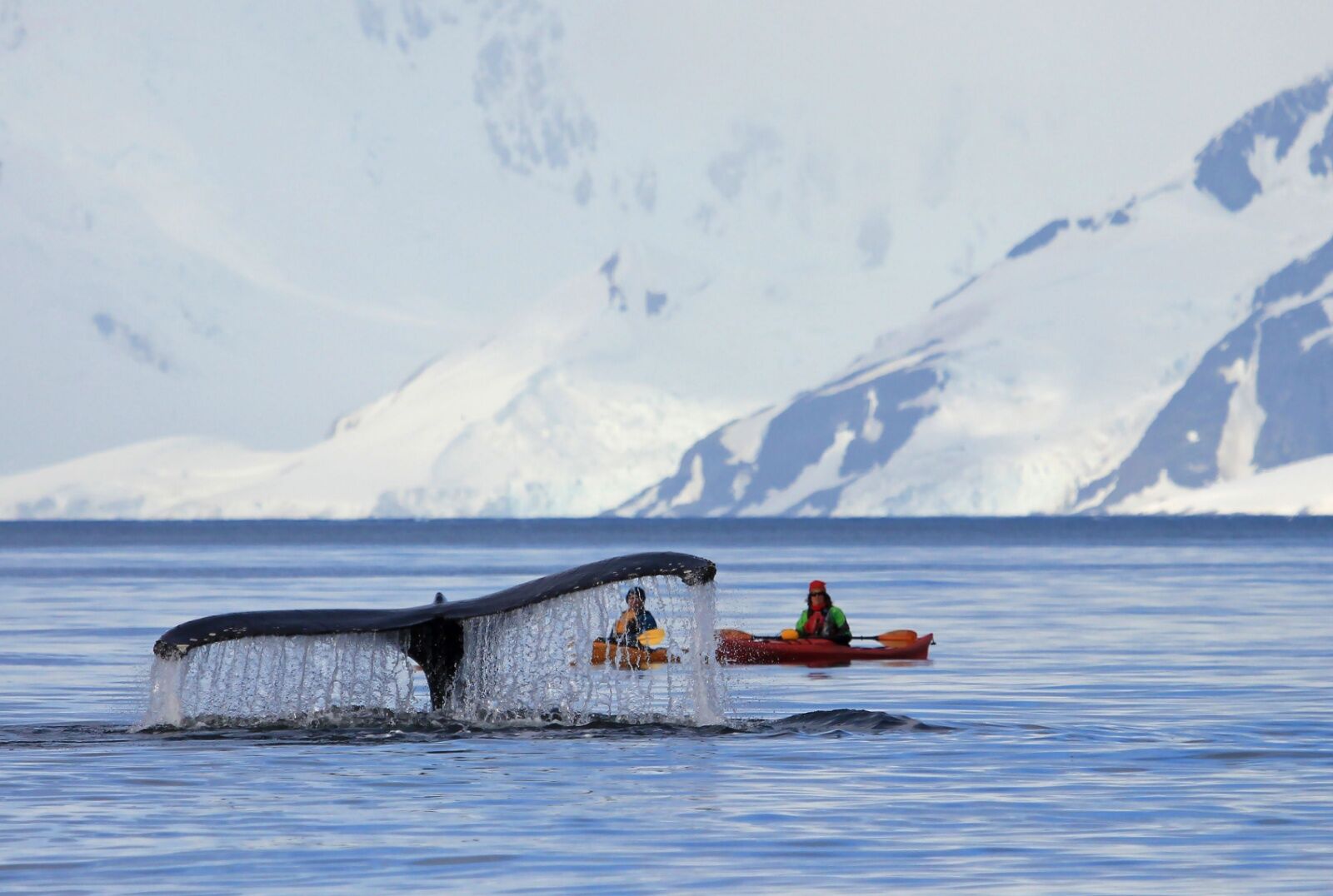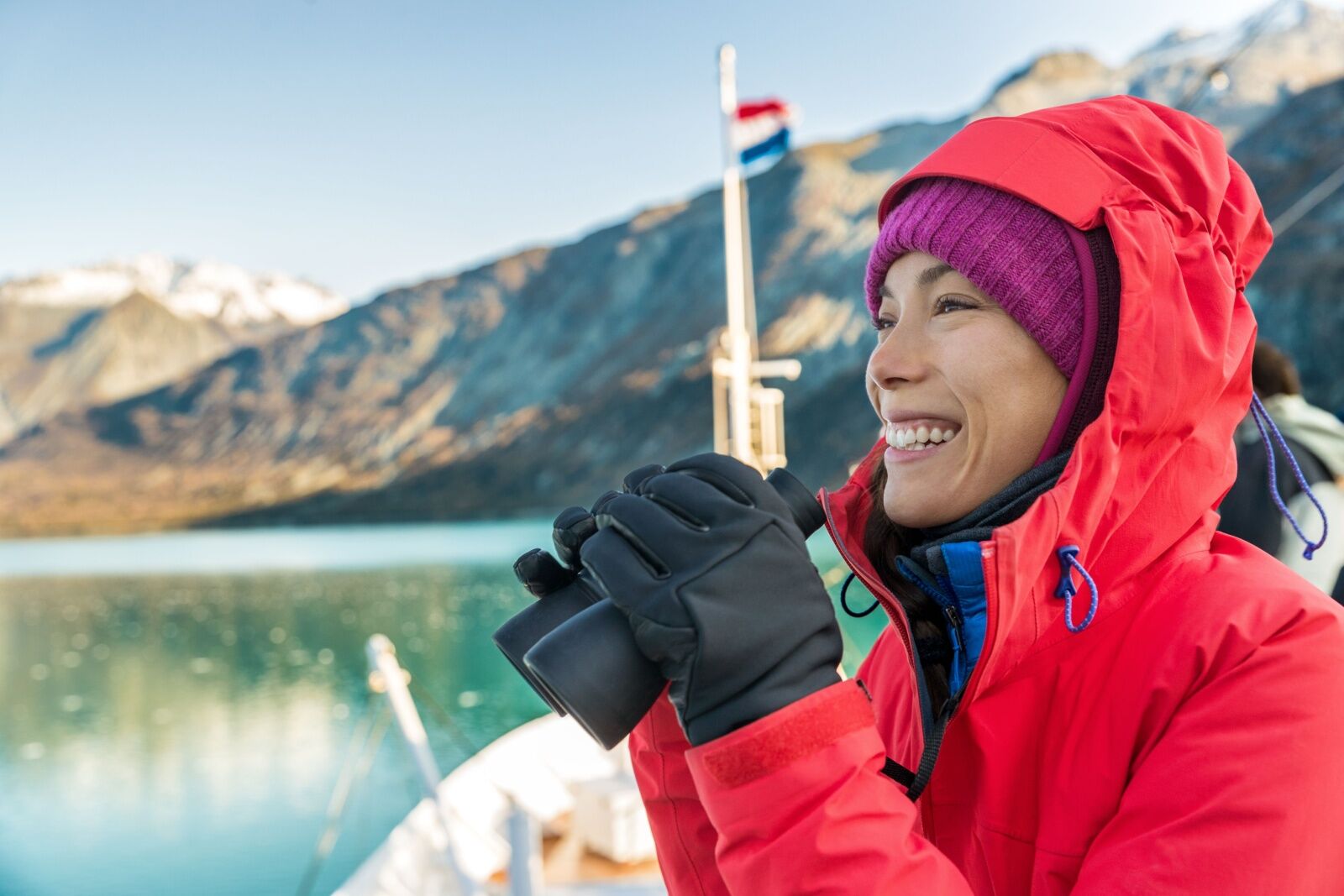It’s hard not to be awed when you witness a whale breach, its immense form exploding from the ocean in a display of raw power and elegance. For many, whale watching is a coveted experience and a chance to connect with the majesty of these magnificent creatures in their natural habitats.
But the journey begins with a crucial decision: location, location, location. According to the Society for Marine Mammalogy, there are 14 baleen whale species and 72 toothed whale species, for a combined total of 86 types of whales in the ocean. And they live in different parts of the world, from the endangered narwhal and belugas of the Arctic Ocean to humpback whales, which can live in water ranging from polar to downright tropical. Some species migrate seasonally, while some species tend to stay in one area. So you have to know when and where to go when you’re looking for whales to maximize your chances of seeing them.
